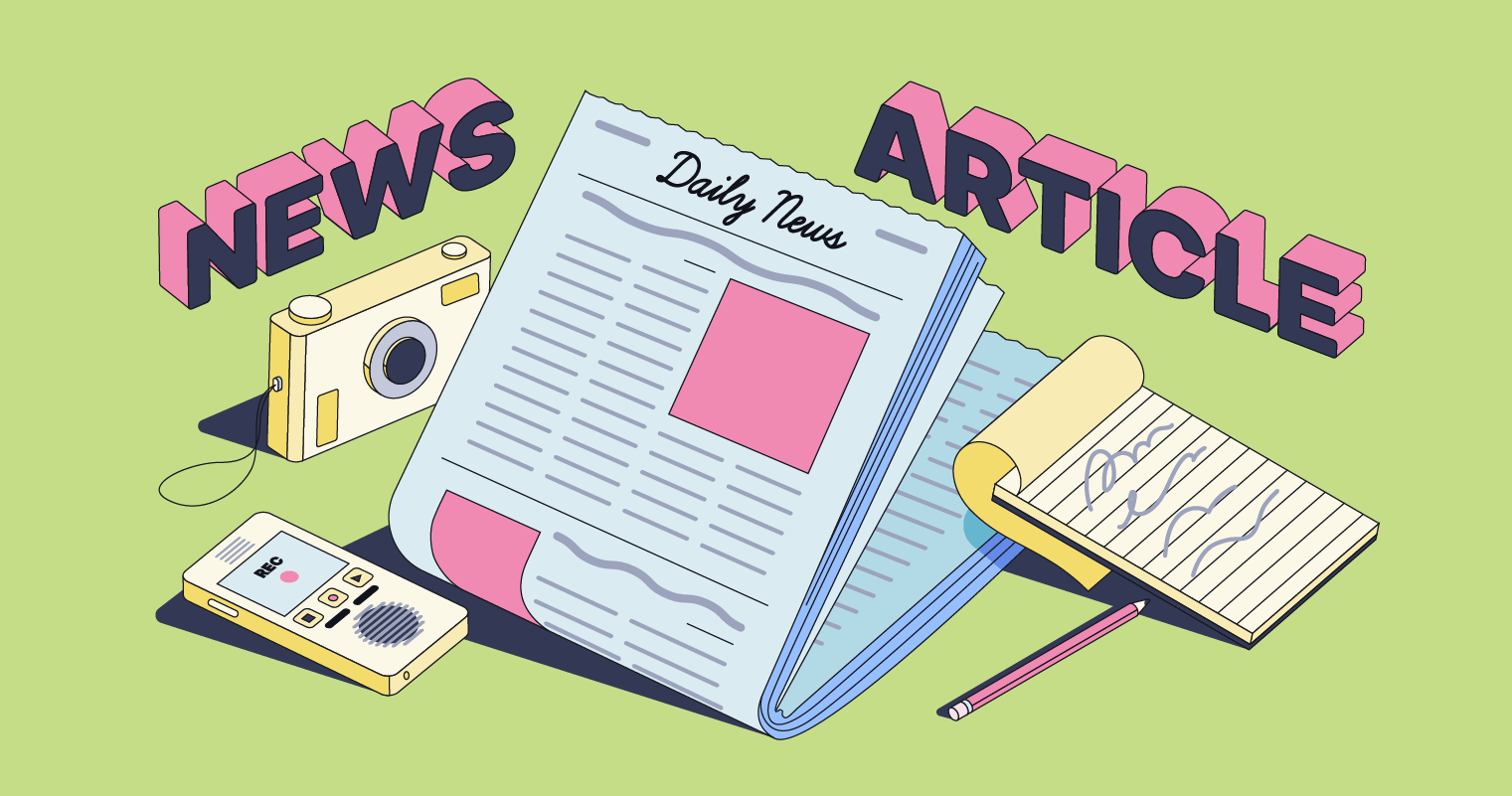Rumored Buzz on News Articles
Rumored Buzz on News Articles
Blog Article
Some Known Facts About News Articles.
Table of ContentsThe Ultimate Guide To News ArticlesThe Greatest Guide To News ArticlesNews Articles for BeginnersGetting My News Articles To WorkSome Known Questions About News Articles.
Great understanding of different topics offers trainees a competitive side over their peers. Despite the fact that digital and social networks are readily easily accessible, we ought to not neglect exactly how important it is to check out the newspapers. Parents need to attempt and inculcate the routine of reading a newspaper as a daily routine to proceed the legacy of the revered print medium.Newspaper article likewise contain at the very least one of the complying with vital qualities loved one to the designated target market: proximity, importance, timeliness, human passion, peculiarity, or consequence. The associated term journalese is occasionally used, typically pejoratively, to describe news-style writing. Another is headlinese. Newspapers normally stick to an expository writing style.
Within these restrictions, newspaper article also aim to be thorough. Various other variables are entailed, some stylistic and some obtained from the media form. Among the bigger and more revered papers, justness and equilibrium is a significant consider presenting information. Commentary is typically constrained to a separate section, though each paper may have a different total angle.
Papers with a global target market, for example, tend to make use of a more formal style of composing. News Articles.; common design overviews consist of the and the US Information Style Publication.
How News Articles can Save You Time, Stress, and Money.
As a rule, reporters will not use a long word when a brief one will do. They utilize subject-verb-object building and dazzling, energetic prose (see Grammar). They supply anecdotes, examples and metaphors, and they seldom depend upon generalizations or abstract concepts. Information authors attempt to stay clear of making use of the same word much more than once in a paragraph (often called an "resemble" or "word mirror").
Headings often omit the subject (e.g., "Jumps From Boat, Catches in Wheel") or verb (e.g., "Pet cat female fortunate"). A subhead (likewise subhed, sub-headline, subheading, caption, deck or dek) can be either a secondary title under the main headline, or the heading of a subsection of the write-up. It is a heading that comes before the major text, or a group of paragraphs of the major message.

Additional signboards of any of these kinds may show up later in the write-up (particularly on subsequent pages) to tempt additional analysis. Such signboards are likewise used as guidelines to the short article in various other areas of the magazine or site, or as ads for the piece in various other publication or websites. Normal structure with title, lead paragraph (summary in bold), other paragraphs (information) Source and contact details.

Instance of a hard-lead paragraph NASA is proposing another space task. The budget plan requests roughly $10 billion for the project.
An "off-lead" is the second most important front web page information of the day. To "bury the lead" is to begin the article with history details or information of additional relevance to the visitors, compeling them to check out more deeply right into a short article than they need to have to in order to find the necessary factors.
Get This Report on News Articles
Common usage is that a person or two sentences each create their very own paragraph. Journalists typically explain the organization or framework of a news story as an inverted pyramid. The necessary and most interesting aspects of a tale are placed at the start, with sustaining information complying with in order of lessening importance.
It allows people to check out a subject to just the deepness that their inquisitiveness takes them, and without the imposition of information or subtleties that they could consider unimportant, however still making that information offered to a lot more interested visitors. The inverted pyramid structure additionally makes it possible for articles to be cut to any kind of approximate size throughout design, to fit in the area offered.
Some writers begin their tales with the "1-2-3 lead", yet there are lots of type of lead available. This format usually starts with a "Five Ws" opening paragraph (as explained above), followed by an indirect quote that offers to sustain a significant element of the first paragraph, and after that a straight quote to sustain the indirect quote. [] A twist can describe several things: The last tale in the information program; a "delighted" story to end the program.
Longer posts, such as magazine cover write-ups and the items that lead the inside sections of a paper, are understood as. Feature more helpful hints tales differ from straight information in several means.
More About News Articles
The reporter frequently information communications with interview topics, making the item more individual. A feature's initial paragraphs commonly connect an appealing minute or occasion, as in an "anecdotal lead". From the details of an individual or episode, its view rapidly expands to generalizations regarding the tale's topic. The area that signifies what a feature is about is called the or signboard.

The Editor's Toolbox: A Referral Overview for Beginners and Professionals (2001) Allan M. Siegal and William G. check my reference Connolly. The New York Times Handbook of Style and Use: The Official Design Guide Made Use Of by the Writers and Editors of the Globe's Many Reliable Newspaper (2002) M. L. Stein, Susan Paterno, and R.
Report this page